Finally, I’ve completed the pitfall that is the least popular balance series from the Blue Manufacturer. Initially, after using the 500P and finding out that the equipment library on Badminton Central didn’t differentiate between the two rackets, I thought I could be lazy and skip the HX500C. However, when they updated it, and since I was somewhat interested, I decided to give it a try and complete the series.
It was a thankless task, just fulfilling a wish. Now that my enthusiasm has completely cooled down and there’s no interest from others, I won’t be updating anymore, yeah.

Specifications: 4UG5, with grip tape, total weight 93.0g, balance point 283mm, 6.8mm Pyrofil carbon shaft, length 208mm, stiffness is moderately high, diamond-shaped aerodynamic frame, 9-3 o’clock grommet, 76-hole string bed, warranty for 27 lbs, strung at 25-27 lbs with KT65 string. As a twin of the little-known HX500P, the C and P models are distinctly different. It’s not that their paint jobs are radically different; in fact, aside from the model label on the shaft, shaft length, and stiffness indication, the other design elements are identical. The difference is that the Power version uses a black base coat, while the Control version has a white one. With fluorescent yellow stickers added as decoration, the overall look, though somewhat plain, is fresh and neutral, making it a good fit for female players.
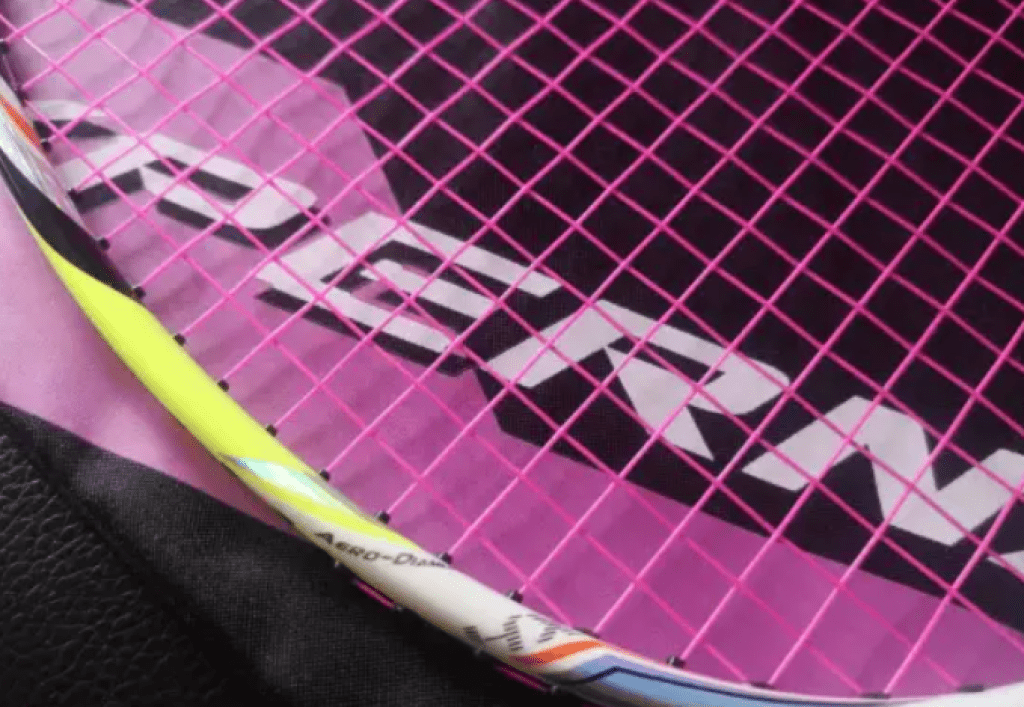
It’s been a long time since I last used a diamond-shaped aerodynamic frame. This frame, popularized by the Nano 7, holds no secrets today. While combining swing speed and stability required such a design back then, materials science has advanced significantly, and better materials are now available to create frames that surpass past performance.
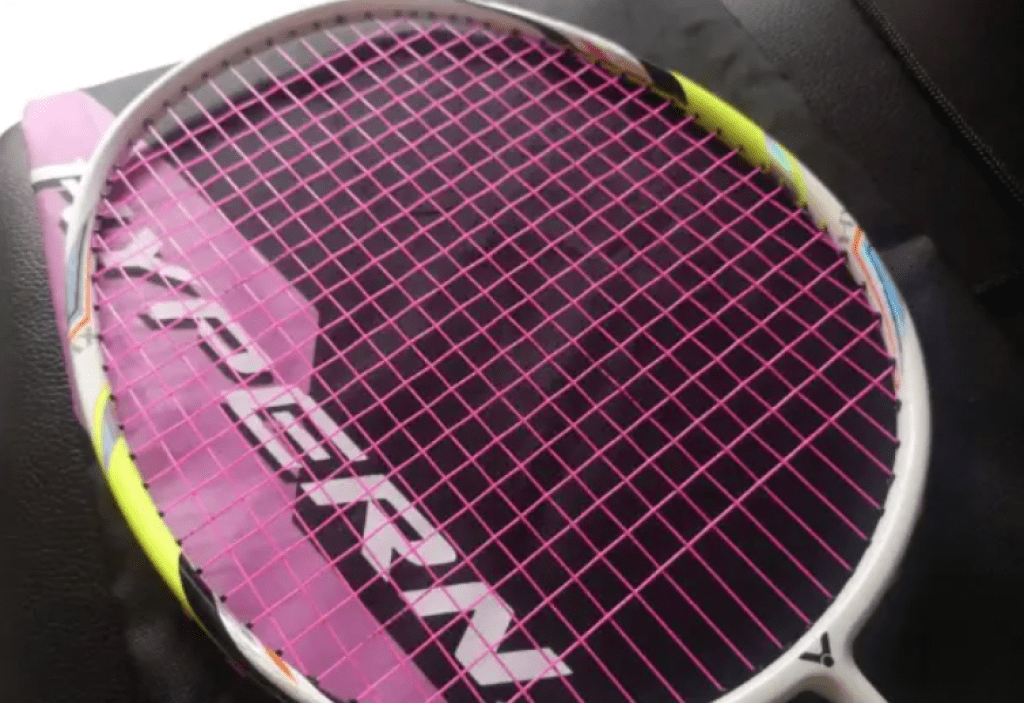
At least, the racket still has a good temper. With a large frame area and a low balance point, it doesn’t require much effort from the user and easily places clears during rallies. The racket face has a noticeable shuttle hold, a sensation familiar to those who have experienced the Nano 7. What feels off to me is the short shaft—given the setup for better explosiveness and recovery speed, I would prefer a more decisive shuttle response.
The elasticity of the racket is still excellent. As a high-end model priced at 1280 RMB, the shaft material was top-notch for its time, but it lacks special fibers like Nano Fortify, TR+, SR+, or EM. Honestly, the potential of the diamond-shaped aerodynamic frame has been almost fully exploited, so the HX500C’s frame torsional resistance is somewhat lacking, and its deformation after stringing is only average. Compared to the 500P, the Control version offers much more flexibility, making drives and counter-drives in the mid-front court more manageable and giving it a certain advantage in swing speed. This makes me feel that the 4U HX500C is more suitable for women’s singles or doubles. The short shaft’s advantage in quick recovery is evident in fast-paced rallies, with rapid recovery and explosiveness, but the racket face’s shuttle hold detracts from the satisfaction of hitting.
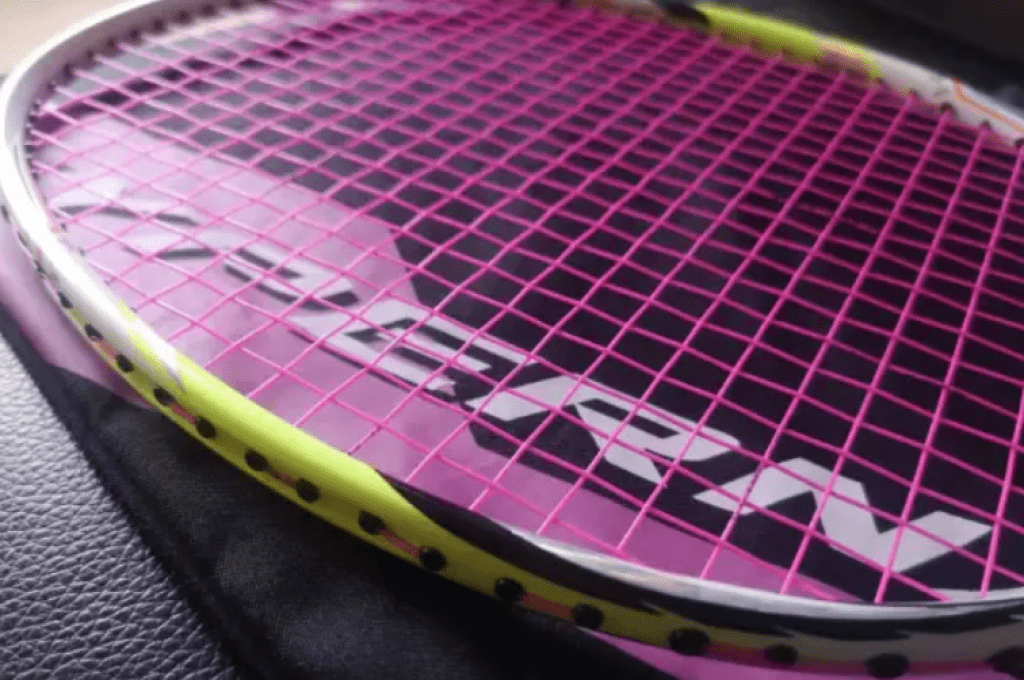
It’s worth mentioning that the 500P also has a noticeable shuttle hold, but with its stiffer shaft and strong head-heavy feel, it can effectively carry out offensive duties, where this hold isn’t a disadvantage. In other words, drives aren’t the 500P’s strength, so it’s not a concern, but the 500C can’t escape this issue.
However, the 500C excels at backcourt drop shots. Despite its low swing weight, it still allows for precise control when pulling back on power, often enabling quick and tight slice or crosscourt drop shots with decent forgiveness. Additionally, the feel at the net is good, with the shuttle hold making it easy to slice the shuttle, and the racket’s relative agility increases the success rate and lethality of sudden crosscourt net shots. However, for pure net play, I still prefer the more stable and solid feel of the 3U HX500P.
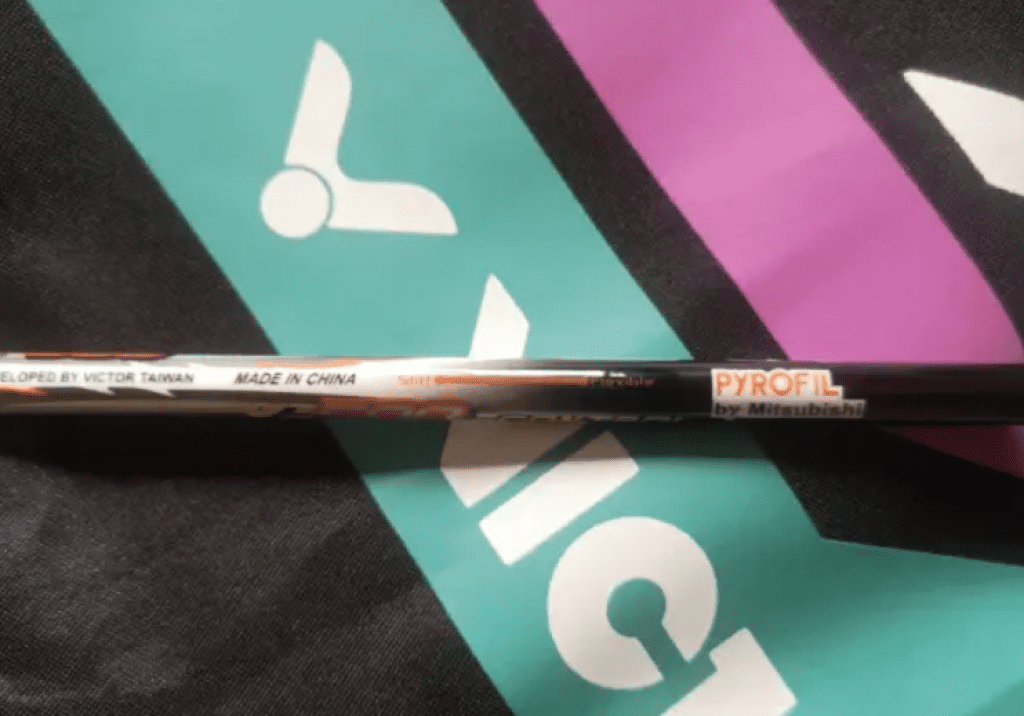
Despite being labeled as “Control,” the 500C doesn’t lack in smash performance. The short, sharp shaft delivers excellent explosiveness when focused on power, and the sound is also satisfying, with a sharp, explosive pop. The 500C reminds me of the Astrox 88D/S, where the 500C clearly leans more towards the role of the 88S. However, it does lack some downward pressure, and when fatigue sets in, making the racket harder to drive, it may struggle to keep the shuttle down—something that doesn’t happen with the more power-efficient 500P.
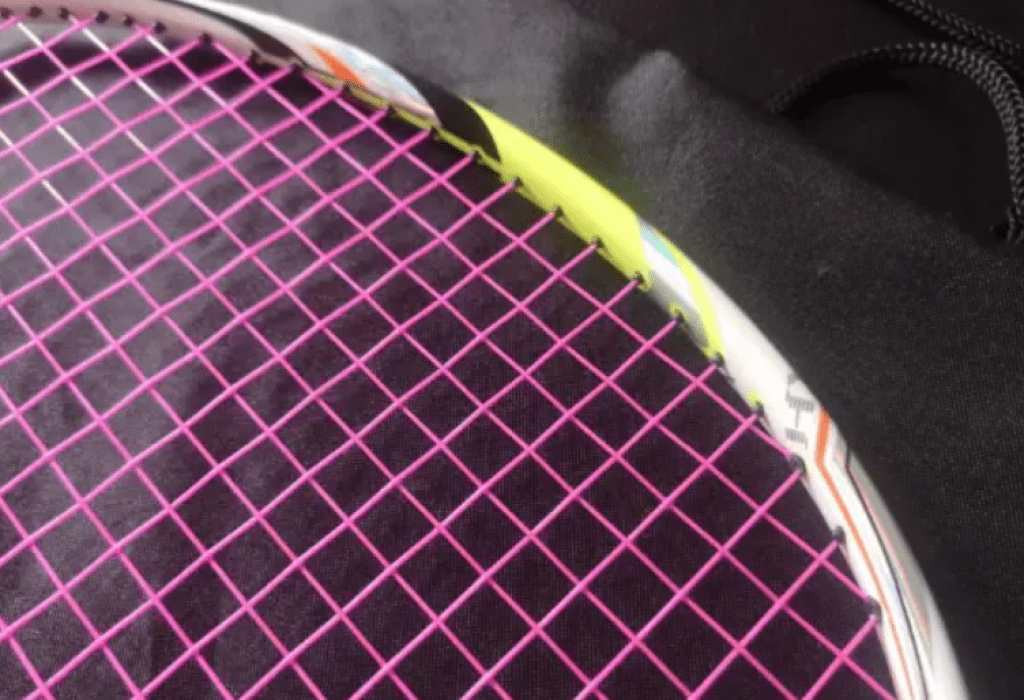
The 500C is great at defense, with high forgiveness and good elasticity, making it easy to return shuttles even in passive situations, with a comfortable feeling on backhand strokes. However, I’m not a fan of the slight dragging sensation when returning shots using borrowed power, which, while making it easier to place the shuttle, feels less crisp and may reduce the effectiveness of crosscourt drives.
The HX series also includes the 800 model, divided into P and C versions, where the 800C is a highly distinctive product. In contrast, the Power version shines more in the 500 series. The 500C is certainly good, but the characteristics of the diamond-shaped aerodynamic frame and the racket face don’t match my expectations, leaving some regret and making the racket feel somewhat mediocre.

Leave a Reply